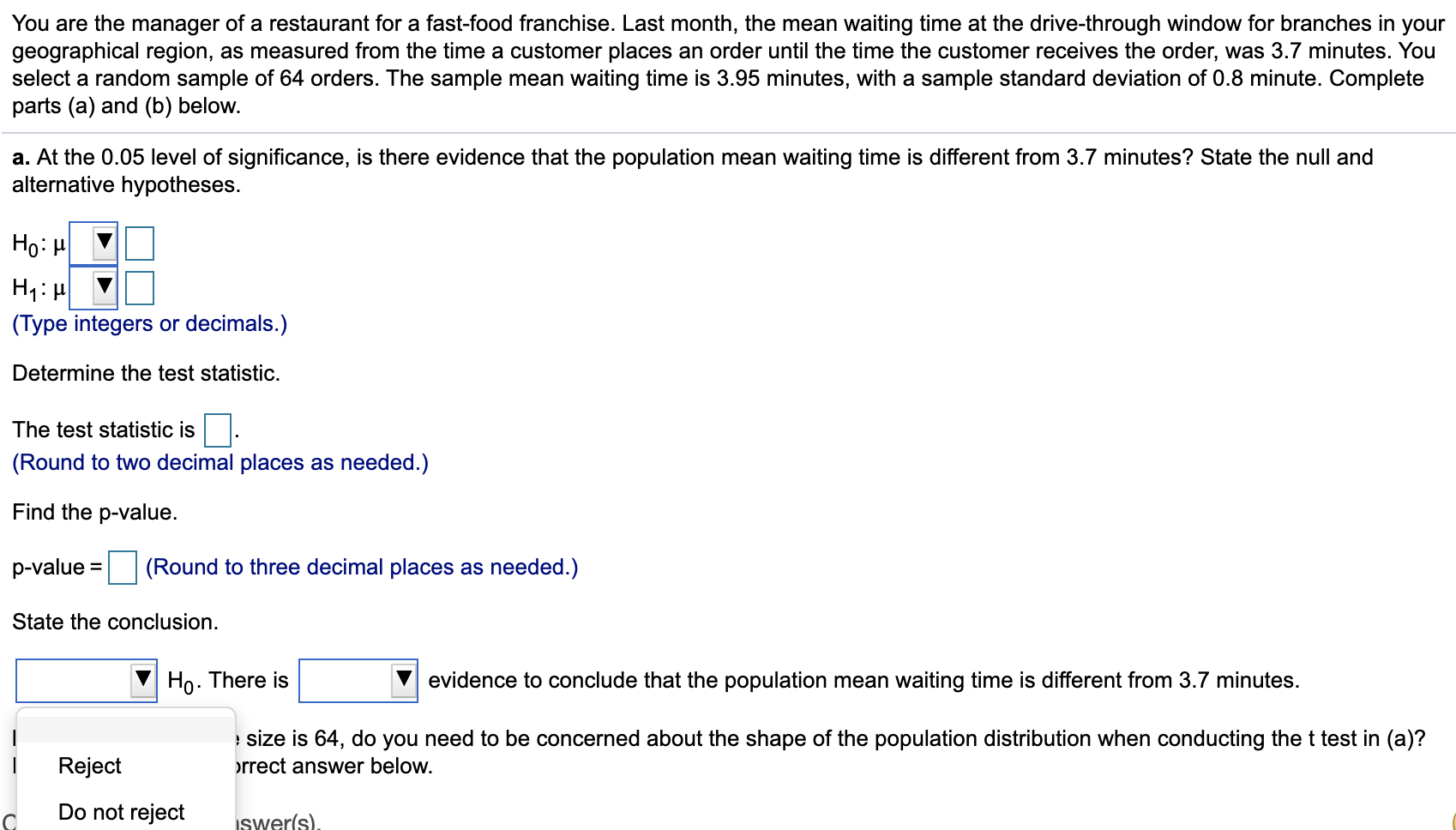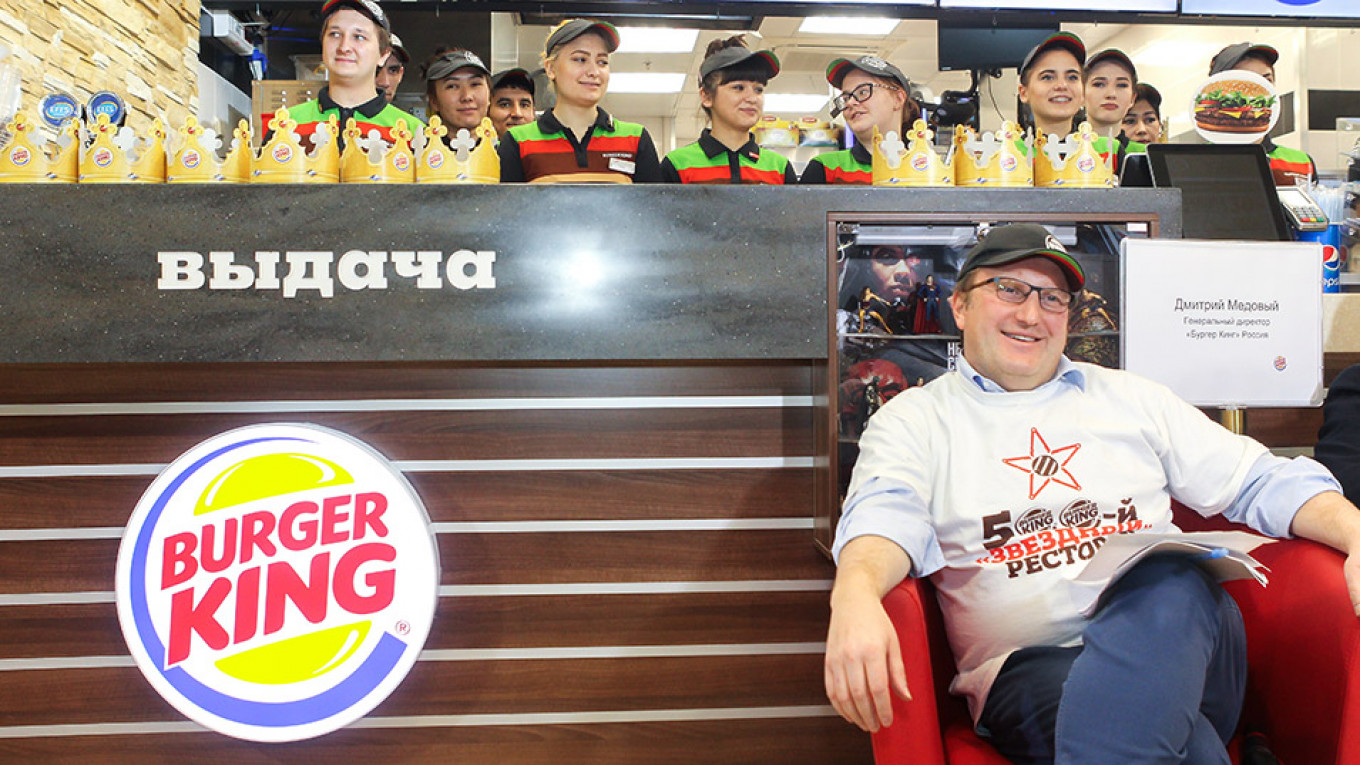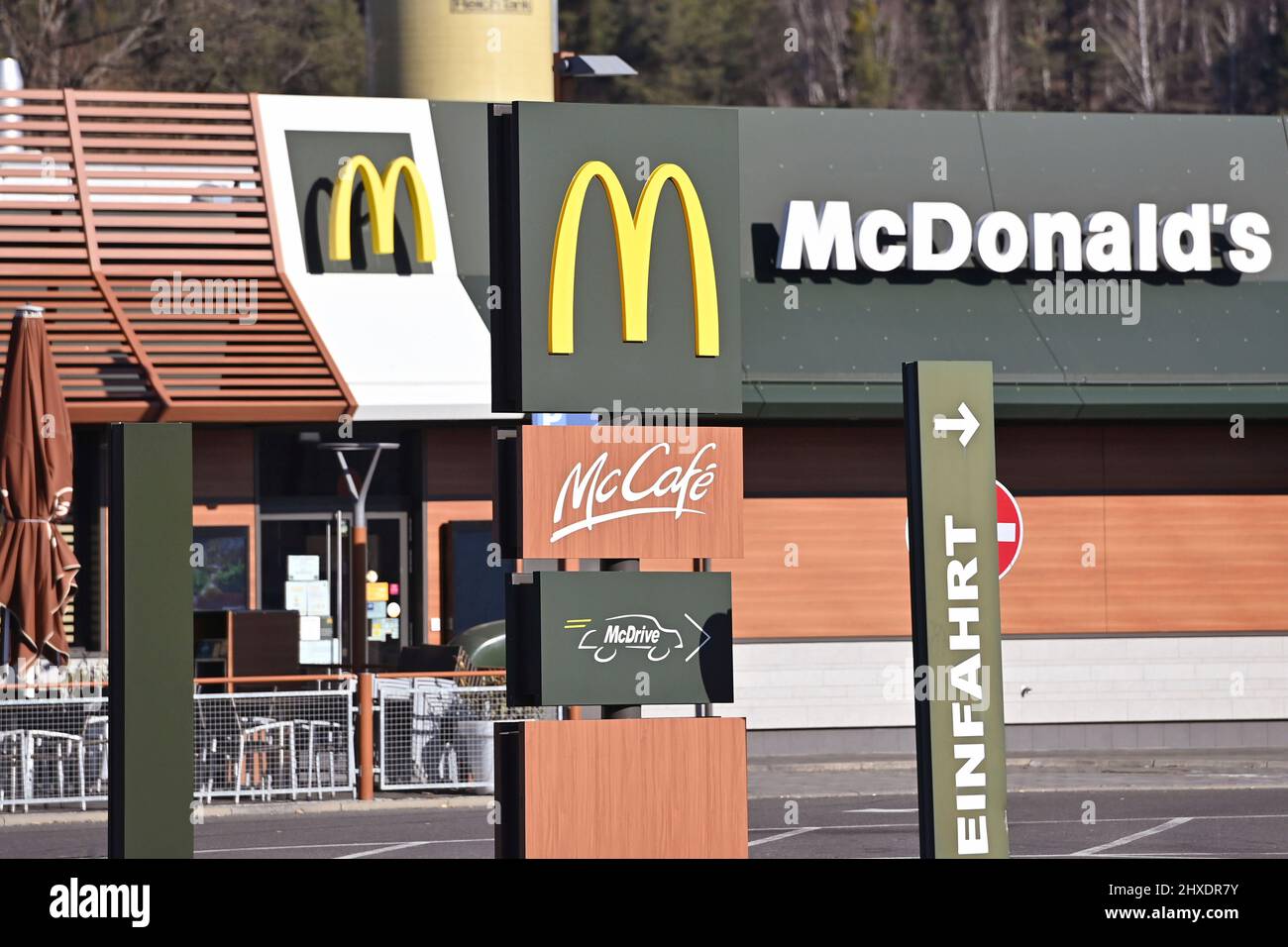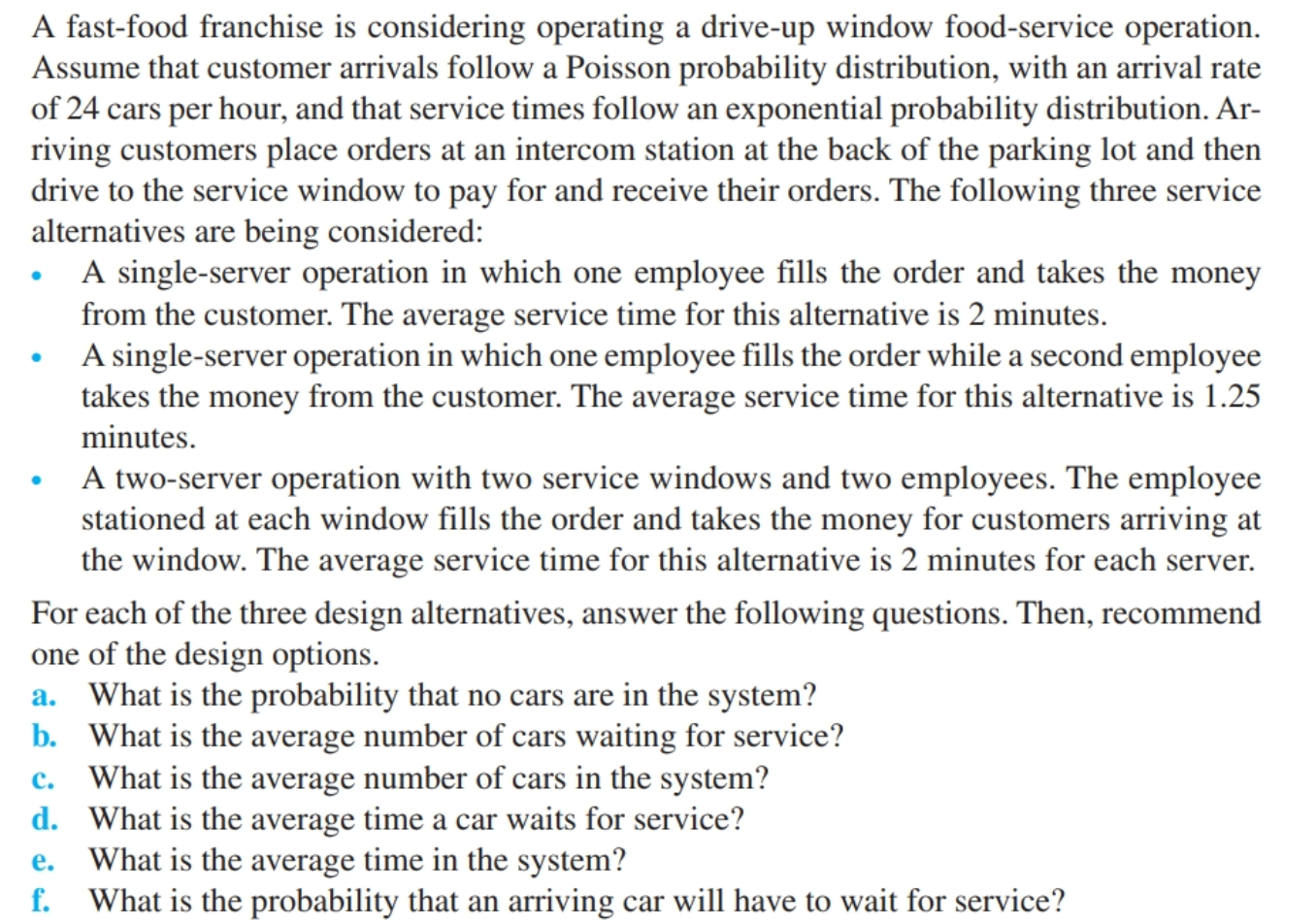Fast food operator chapter 11 – In the realm of fast food, Chapter 11 bankruptcy has emerged as a complex landscape, presenting unique challenges and opportunities for operators. This comprehensive guide delves into the intricate financial and operational implications, offering insights into the strategies and considerations that shape the path to recovery.
As fast food operators grapple with financial distress, Chapter 11 bankruptcy provides a lifeline, allowing them to restructure their operations and potentially emerge stronger. However, this process is fraught with challenges that require careful navigation and thoughtful planning.
Financial Impact of Bankruptcy

Chapter 11 bankruptcy has severe financial implications for fast food operators. It can significantly impact revenue, expenses, and profitability, potentially leading to asset liquidation and debt restructuring.
Revenue streams may be disrupted due to store closures, reduced customer traffic, and reputational damage. Expenses, including labor costs, rent, and supplies, can remain high or even increase during bankruptcy proceedings.
Impact on Profitability
Bankruptcy can drastically reduce profitability. Reduced revenue and increased expenses lead to lower profit margins or even losses. This can strain the company’s financial resources and make it difficult to meet ongoing obligations.
Asset Liquidation
To raise funds, fast food operators may resort to liquidating assets, such as selling restaurants, equipment, or inventory. While this can provide short-term relief, it can also reduce the company’s long-term value.
Debt Restructuring
Bankruptcy often involves restructuring debt. This can include negotiating lower interest rates, extending payment terms, or converting debt into equity. Restructuring can help reduce the company’s financial burden but may also result in creditors losing some of their investment.
Operational Challenges during Bankruptcy

Chapter 11 bankruptcy poses operational challenges for fast food operators. These challenges stem from the financial constraints, legal complexities, and reputational damage associated with bankruptcy proceedings.
One of the primary challenges is maintaining a consistent supply chain. During bankruptcy, suppliers may be hesitant to extend credit, leading to disruptions in inventory and potential shortages of essential ingredients. Operators must carefully manage their relationships with suppliers and explore alternative sourcing options to mitigate these risks.
Staffing
Bankruptcy can also impact staffing levels. Employees may be uncertain about the company’s future and may seek employment elsewhere. This can lead to a shortage of skilled workers and increased turnover, which can disrupt operations and impact customer service.
Customer Service
Reputational damage associated with bankruptcy can also affect customer service. Customers may perceive the company as less reliable or stable, leading to a decline in sales and loyalty. Operators must prioritize maintaining high standards of customer service to minimize the negative impact on their brand reputation.
Restructuring and Recovery Strategies: Fast Food Operator Chapter 11

Fast food operators in Chapter 11 bankruptcy can employ various strategies to restructure their operations and achieve financial recovery. These strategies involve collaboration among stakeholders and the implementation of a comprehensive reorganization plan.
Role of Stakeholders, Fast food operator chapter 11
Stakeholders play a crucial role in the restructuring process. Creditors, including banks and suppliers, have a significant stake in the company’s financial health and may provide funding or concessions to facilitate the restructuring. Shareholders, representing ownership interests, can influence decisions related to the reorganization plan and the company’s future direction. Management, responsible for day-to-day operations, must adapt to the challenges of bankruptcy while implementing restructuring initiatives.
Developing and Implementing a Reorganization Plan
The development and implementation of a reorganization plan are central to the restructuring process. The plan Artikels the company’s strategy for addressing its financial obligations, restructuring operations, and regaining financial stability. It involves negotiations with creditors, shareholders, and other stakeholders to reach a consensus on the terms of the plan. Once approved by the bankruptcy court, the plan becomes legally binding and guides the company’s recovery efforts.
Legal and Regulatory Considerations

Navigating Chapter 11 bankruptcy poses significant legal and regulatory challenges for fast food operators. Understanding these considerations is crucial for ensuring compliance and maximizing recovery.
The bankruptcy court plays a central role, overseeing the process and protecting the rights of all parties involved. Creditors have various rights, including the ability to file claims, vote on reorganization plans, and receive payments.
Compliance with Laws and Regulations
During bankruptcy, fast food operators must comply with applicable laws and regulations. These include:
- Labor laws governing employee rights and wages
- Health and safety regulations ensuring food quality and customer safety
- Environmental laws protecting against pollution and waste disposal
Failure to comply can result in fines, penalties, or even revocation of licenses.
Final Review

Understanding the intricacies of Chapter 11 bankruptcy empowers fast food operators to make informed decisions, mitigate risks, and seize opportunities for growth. By embracing proactive strategies, fostering stakeholder collaboration, and navigating the legal and regulatory landscape effectively, operators can emerge from this transformative process with renewed resilience and a roadmap for future success.
Essential Questionnaire
What are the primary financial implications of Chapter 11 bankruptcy for fast food operators?
Chapter 11 bankruptcy significantly impacts revenue, expenses, and profitability. Operators may experience a decline in sales, increased costs, and challenges in accessing capital.
How does Chapter 11 bankruptcy affect the operational aspects of fast food businesses?
Operational challenges include disruptions in supply chain management, staffing issues, and a potential decline in customer service. Implementing best practices is crucial to mitigate these challenges.
What role do stakeholders play in the restructuring process?
Stakeholders, including creditors, shareholders, and management, have a significant role in shaping the reorganization plan. Their collaboration and consensus are essential for a successful outcome.
